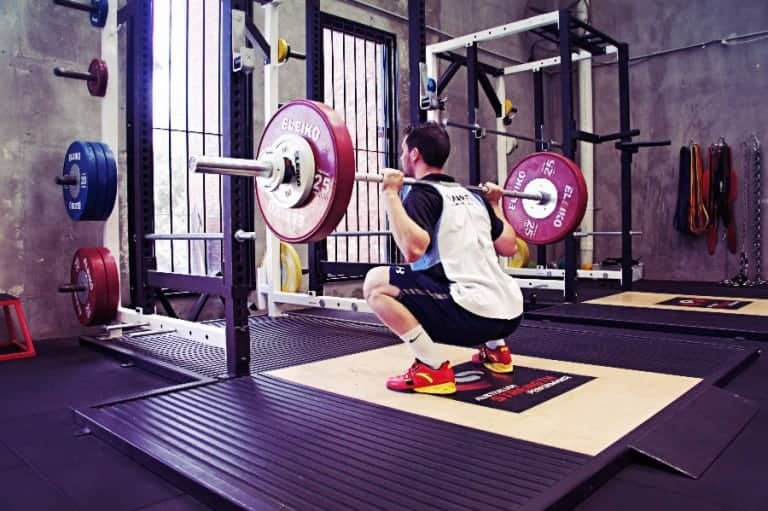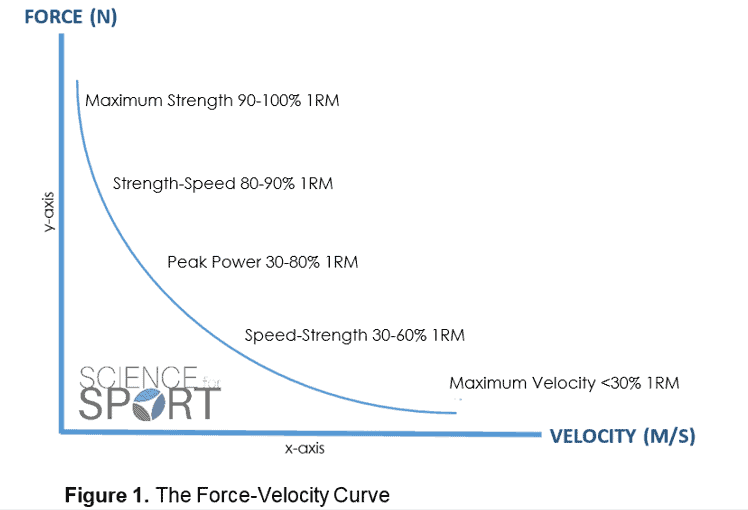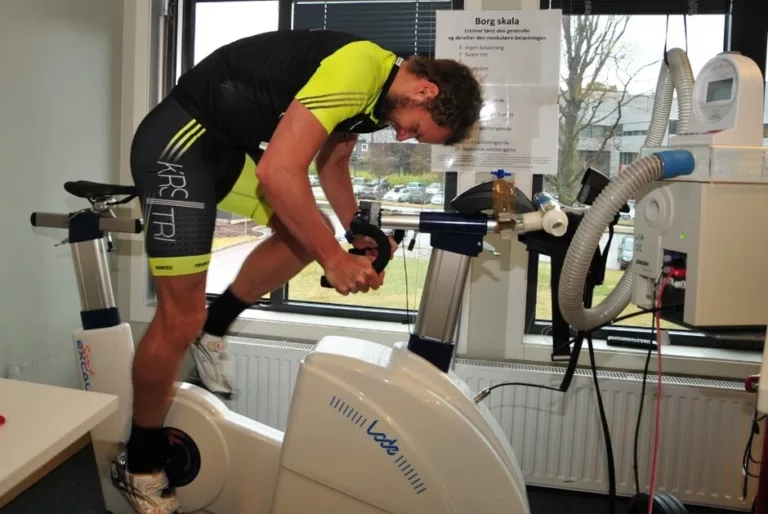
Linear and multidirectional speed: Can we use PAP to improve them?
This article reviews the use of post activation potentiation as a method to improve both linear and change of direction speed.

This article reviews the use of post activation potentiation as a method to improve both linear and change of direction speed.

These are the most important fundamental studies every S&C coach needs to read if they’re truly serious about their career and development.

Understanding the difference and importance of chronological, biological, and technical training age is vital for coaches.

Post-activation potentiation (PAP) is a short-term improvement in performance (e.g. jumping) due to conditioning exercises (e.g. squats).

Dynamic correspondence is the ‘training effect’ that training programs have on athletes’ sports performance, but measuring it is difficult.

The force-velocity curve represents the relationship between force and velocity, which is vital for strength and conditioning professionals.

Understanding and monitoring Salivary Immunoglobulin A (S-IgA) can help coaches and athletes minimise illness.

The Wingate Anaerobic Test has been repeatedly proven to be a valid and reliable predictor of anaerobic capacity and power.

The Multistage Fitness (Beep) Test is a continuous sub-maximal test that has become the most recognised tool for measuring aerobic power.

The Yo-Yo Intermittent Recovery Test Level 2 is a valid and reliable predictor of high-intensity aerobic capacity and VO2 max.

The Yo-Yo Intermittent Recovery Test Level 1 test is a valid and reliable predictor of high-intensity aerobic capacity and VO2 max.

The stretch-shortening cycle is a spring-like mechanism that enhances athletic performance in explosive- and endurance-based sports.

Learn from a world-class coach how you can improve your athletes' agility. This course also includes a practical coaching guide to help you to design and deliver your own fun and engaging agility sessions.
Get Instant Access